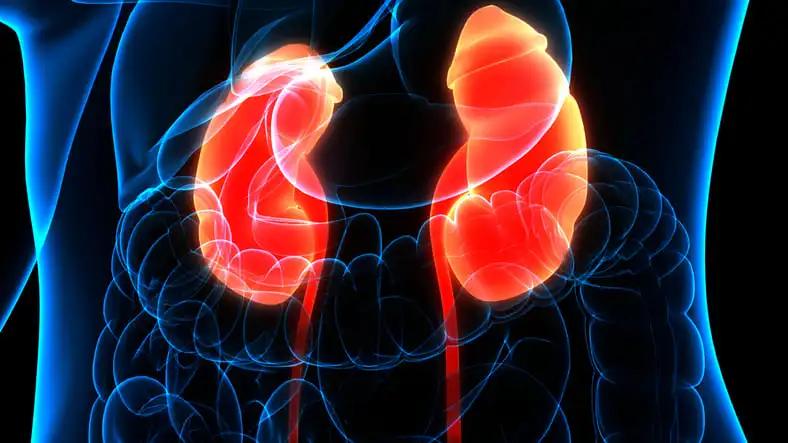KEY TAKEAWAYS
- The phase 2 trial aimed to investigate the utility of uMRD profiling in predicting recurrence and assessing response to nadofaragene firadenovec therapy in BCG-unresponsive NMIBC patients.
- The primary endpoint was to determine RFS.
- Researchers noticed that uMRD offers the potential for tailored treatment strategies in bladder cancer trials.
Urinary minimal residual disease (uMRD) profiling, utilizing next-generation sequencing, identifies mutations linked with urothelial carcinoma, facilitating recurrence prediction and therapy response assessment. Nadofaragene firadenovec, an intravesical therapy, is newly approved for BCG-unresponsive non-muscle-invasive bladder cancer (NMIBC).
Vikram M Narayan and the team aimed to assess uMRD’s utility in discerning molecular response to Nadofaragene in high-grade (HG) BCG-refractory or relapsed NMIBC patients.
Researchers performed an inclusive analysis of an open-label, multicenter, parallel-arm, phase II study involving 43 patients with BCG-unresponsive NMIBC who underwent intravesical nadofaragene treatment. The primary endpoint was 12-month HG-recurrence-free survival (RFS). All patients receiving at least one dose were included in the uMRD analysis.
Urine samples were collected before induction and at 3 months, with uMRD testing conducted using the UroAmp MRD assay, identifying single-nucleotide variants, copy-number variants (CNVs), insertion-deletions, copy-neutral loss of heterozygosity, microsatellite instability, and aneuploidy.
About 35 evaluable patients from the study exhibited initial pathological stages of Ta (n=3), T1 (n=9), and Tis (n=23), with 6 patients having concomitant CIS. Among 32 pre-treatment urine samples, prevalent mutations were observed in TP53, TERT, PIK3CA, ARID1A, PLEKHS1, ELF3, and ERBB2 genes.
Most CNVs were detected in SOX4 and NIT1 genes. The uMRD analysis identified high (72%) and low (28%) recurrence risk patients in both pre-and post-induction collections. At 12 months, post-induction RFS rate was 100% for low-risk and 38% for high-risk patients (P = 0.038, log-rank test).
Pre-induction RFS was 56% for low-risk and 22% for high-risk (P = 0.097, log-rank test). Among matched pre- and post-induction urine samples (n=15), patients were categorized as MRD Negative (7%), MRD Complete Responder (13%), MRD Partial Responder (27%), MRD Stable (20%), or MRD Refractory (33%). Broad correlation was observed between recurrence and response groups, where MRD Negative and Complete Responder groups showed no recurrence, while 7 of 12 patients in other groups recurred.
The study concluded that uMRD facilitates quantitative assessment of molecular response to drug treatment, suggesting its potential for pre-treatment disease burden assessment and stratification of control and intervention arms in future treatment trials.
The trial was sponsored by FKD Therapies Oy.
Source: https://meetings.asco.org/abstracts-presentations/229812
Clinical Trial: https://clinicaltrials.gov/study/NCT01687244
Narayan V M, Tholomier C, Mokkapati S, et al. (2024). “Urinary minimal residual disease detection predicts recurrence in BCG-unresponsive NIMBC and quantifies molecular response to nadofaragene firadenovec.” Presented at ASCO- GU 2024 (Abstract 635).



